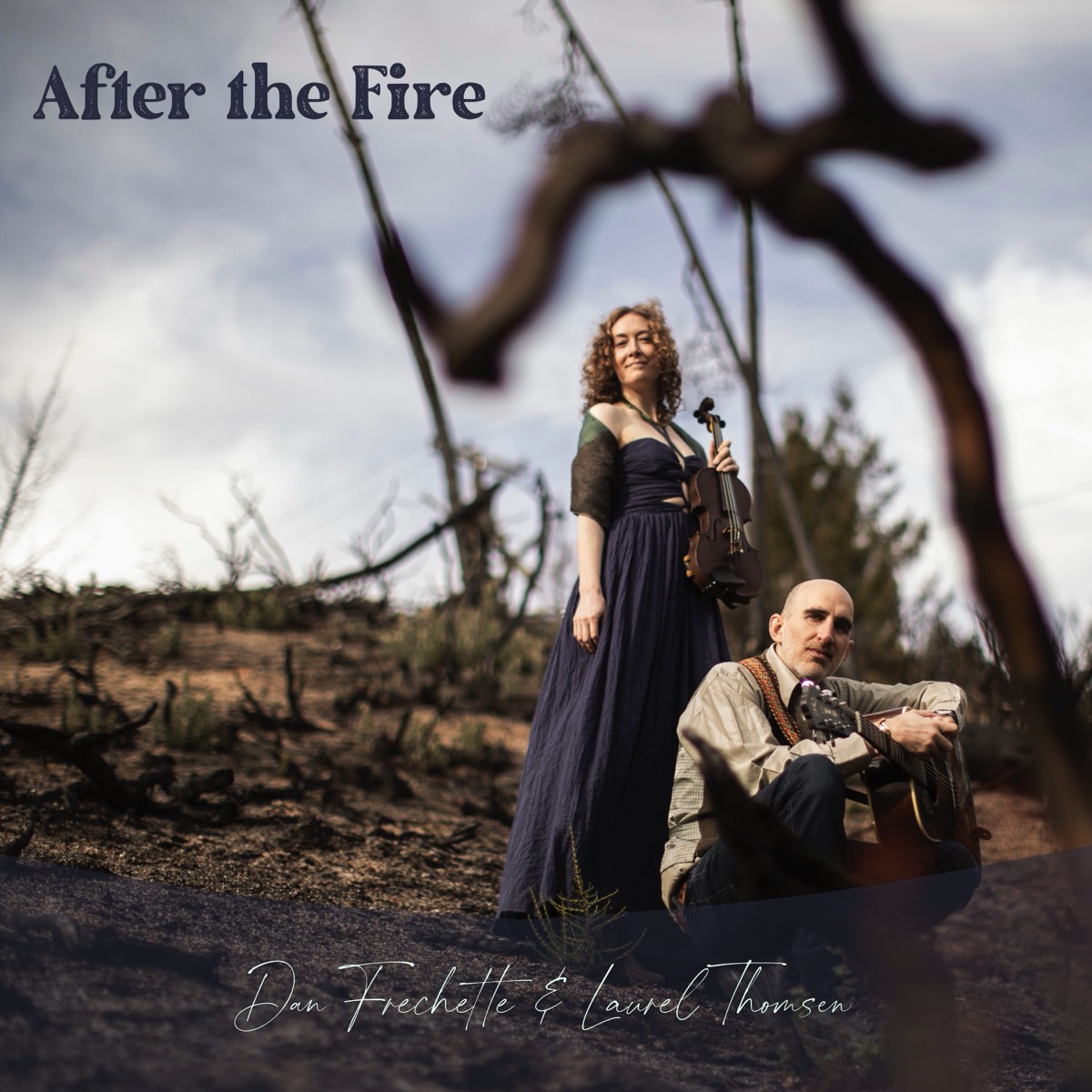When people learn for the first time that I teach violin, viola, and fiddle via Skype, many ask whether or not I think it’s really possible to correct a student’s posture, intonation, rhythm, vibrato, etc. without being able to reach out and adjust his or her body.
At times, manual adjustments can be very helpful when teaching music, especially when trying to direct a young child who may not have the coordination to accomplish the movements necessary to hold a violin, a bow, and to play a musical instrument well. Touch can also help direct a student to an area of the body they are not typically “tuned in to” - a shoulder blade, an elbow, a wrist, etc.
Overall I believe there has been a great overreaction in our culture to teacher-student touch, with many organizations and authorities, advising against touching students in any way, for fear the physical contact may be interpreted as sexual. It’s sad that a few cases and the fear they have fostered has limited many positive physical interactions that could happen between student and teacher - an adjustment of the violin or bow hold, a high five when the student nailed the difficult passage, a hug at the end of a great performance, etc.
However, I also believe that this anxiety about touch in our culture also presents music teachers with the opportunity to ask themselves whether ALL their manual adjustments are really necessary. In same cases, I believe teachers rely too heavily on touch, at the expense of the students’ own discovery process and individuality. Most importantly, I have also experienced and witnessed music teacher “adjustments” that border on abuse, and want to draw the community’s attention to better ways to use touch as a teaching tool.
For teachers who rely heavily on touch as a teaching tool, it may not seem unusual to grab a student’s finger, bend it, and push it down into the finger board. “There, that’s where you’ll find the C#”. It might be fairly commonplace during a lesson to take hold of the violin scroll and wiggle it into place on the student’s shoulder. And, upon hearing some squeaky sounds, a very touch oriented teacher might just grab onto the screw of the bow and start navigating the student across the strings themselves.
In some cases, all of these moves might be perfectly appropriate, but I propose that many times they are not necessary, unhelpful, and may even harm a student, physically and/or emotionally. I’ve seen startled students torqued and tweaked, and heard stories of students breaking down in tears in lessons where frustrated teachers were especially forceful, physically and/or verbally. I find it really unfortunate that those teachers aren’t taking the opportunity to tailor their teaching methods to their individual students, adjusting to the presenting issue and person, while building rapport and teamwork along the way.
Here are a few guidelines to ensure your students benefit from touch as a music teaching tool:
First and foremost, tell a student what you are going to do and get a student’s consent before you reach out and adjust them.
Though this seems like common sense, it was an eye opener to sit through a lecture on the topic in a yoga teacher training course I took a decade ago. I’d never heard anyone teach how to touch with regard to music teaching.
Ethics are a big concern in the yoga community considering instances of inappropriate behavior. However, it’s also understood that yoga students may be in a meditative state, where sudden touch would be jarring, they might be at the limit of their stretch already, they may have injuries, or they might be simply uncomfortable with touch from a teacher. In yoga classes, the “goal” is personal, so it’s easy to accept that manual adjustments are simply there to help a student go deeper into a pose, to relax more thoroughly, etc. If these things aren’t happening, the touch is unhelpful, and could even be hurtful. I think the same principles apply to playing and teaching music. Teachers and students lose out when touch is used suddenly and especially out of frustration “for the sake of the music”.
If it involves ear training, use a teaching tool that trains the ear.
While grabbing a student’s finger and placing it in a spot on the fingerboard get’s them in the ballpark, it doesn’t train the student’s ear to direct his or her nervous system and muscles to find that note in the future. While navigating a student’s bow across the strings might help them keep the bow straight in the moment, they don’t gain an understanding of the mechanics of their own bow arms and how and why we need to play
In the same time, a teacher could easily demonstrate the positioning, and most importantly, play the student the correct note, coaching while the student adjusts themselves to match it. A teacher could explain and demonstrate the right and wrong ways to bow and encourage the student to try it out, coaching them to listen for the moments when the bow starts to slip and advising the student to tune into the body to feel what might be getting tense or staying too loose in the moments where tone starts to falter.
“But if I just do it for them it will be so much easier and faster, and their muscles will eventually learn”, a teacher might say. It might “work” that time, but if students don’t develop the tools to find good intonation and tone on their own, and don’t discover how their individual anatomy can work best to navigate their instrument, you’ll be “helping” them along for years to come.
Explain and demonstrate principles instead of, or in conjunction with, your manual adjustments.
I was understandably startled when, as a teenager, a private teacher at a summer music camp reached out and grabbed my violin scroll, moving it an inch or two to the left. It was uncomfortable on my chin as the spot it had settled into on the chin rest suddenly shifted, and the movement forced my shoulder to go along for the ride. Until the instructor backed up to explain afterward, I had no idea why they made the adjustment or what they hoped it would do for me.
You can not feel what it feels like to inhabit your student’s body. They may have range of motion limitations or old injuries that make it so you really can’t go around bending them into place like a Gumby doll. Start by explaining the principles of good posture and technique you wish to impart and let them take charge applying them first. Manually adjusting students into positions that you think looks right based on your body, may not be right for their bodies. Explain the why, what, and how of what you’d like them to adjust about their posture or playing first and foremost, and reach out manually only for aspects they are really struggling with.
The first few times people asked me how I was managing to teach violin and viola technique and positioning via Skype, I was a little confused. A few of my private teachers never even stood close to me during lessons, preferring to sit in the back of the room, hear what I’d sound like from an audience member’s prospective, and describe, vocalize, or demonstrate the adjustments along the way. There are many kinds of effective teaching methods, some of which involve touch, many of which do not.
Touch is a great tool to have in your teaching toolbox, but like any tool, it’s only useful for a certain set of circumstances. Be aware that every situation and every student is a little different and take time to develop a well rounded set of tools that you can mindfully tailor to your individual students’ needs.

